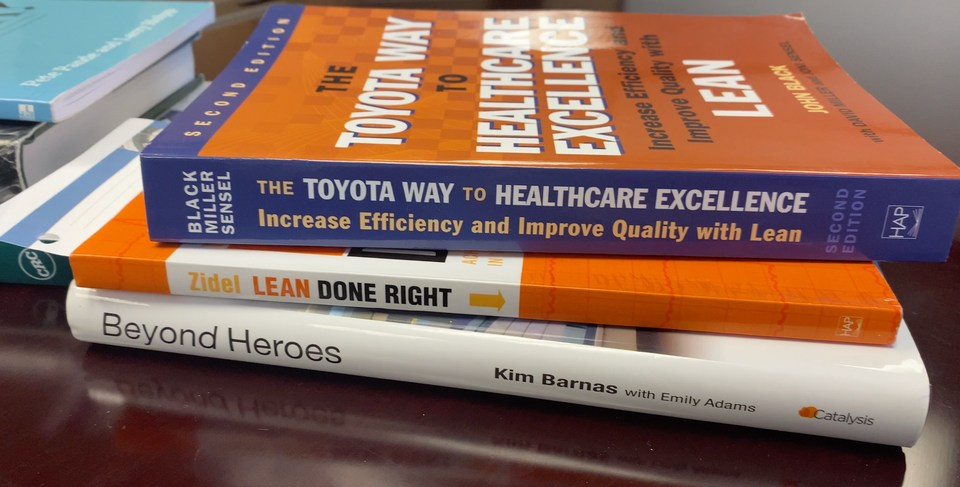top of page


Process Improvement
Anchored by highly disciplined Lean and Six Sigma Certification courses, ATAC’s Process Improvement Program provides valuable tools for properly collecting, analyzing, and using data to improve quality, reduce waste, decrease costs, and increase productivity. Interactive sessions are designed to focus on challenging case studies and skill-building content. Many courses offer professional certification opportunities.
This program is most popular with engineers, manufacturers,
and healthcare providers.
Lean Leadership Boot Camp
Lea Healtcare Series
Kata
Yellow Belt
Green Belt
Black Belt
8 Step
Job Instruction
bottom of page























